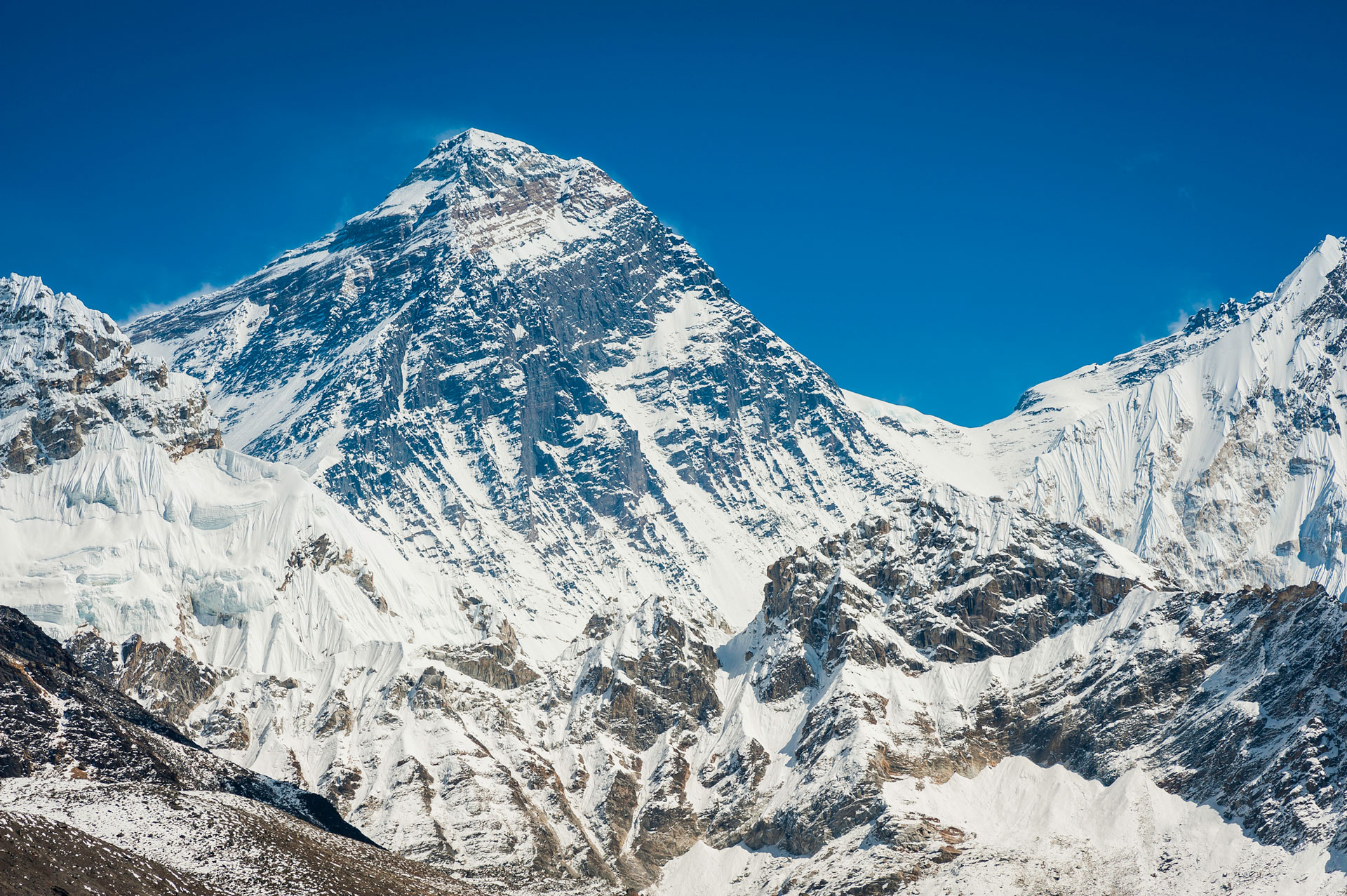The Hillary Step, a rocky outcrop on the main climbing route up Mount Everest, has collapsed, according to climbers who made the top of the mountain this weekend. “It’s official – The Hillary Step is no more,” wrote mountaineer and expedition leader Tim Mosedale in a post on Facebook. Experts including Mosedale believe the collapse may make the mountain more dangerous to climb.
The feature, named for Sir Edmund Hillary (the first person to successfully climb the mountain with his partner Tenzing Norgay in 1953), famously represented the last obstacle before the summit.
“Bottlenecks can force climbers to spend longer than planned in the ‘death zone’ above 8,000 metres, where the human body is slowly dying even with supplementary oxygen.”
Some 12 metres high, the Hillary Step required mountaineers to do some actual climbing and had been responsible for some dangerous bottlenecks in the past.
However, two fixed ropes and years of accumulated knowledge of climbing the Step had alleviated the problem of traffic somewhat in recent years, and Mosedale believes the collapse may in fact make the section trickier, and the bottlenecks worse.
